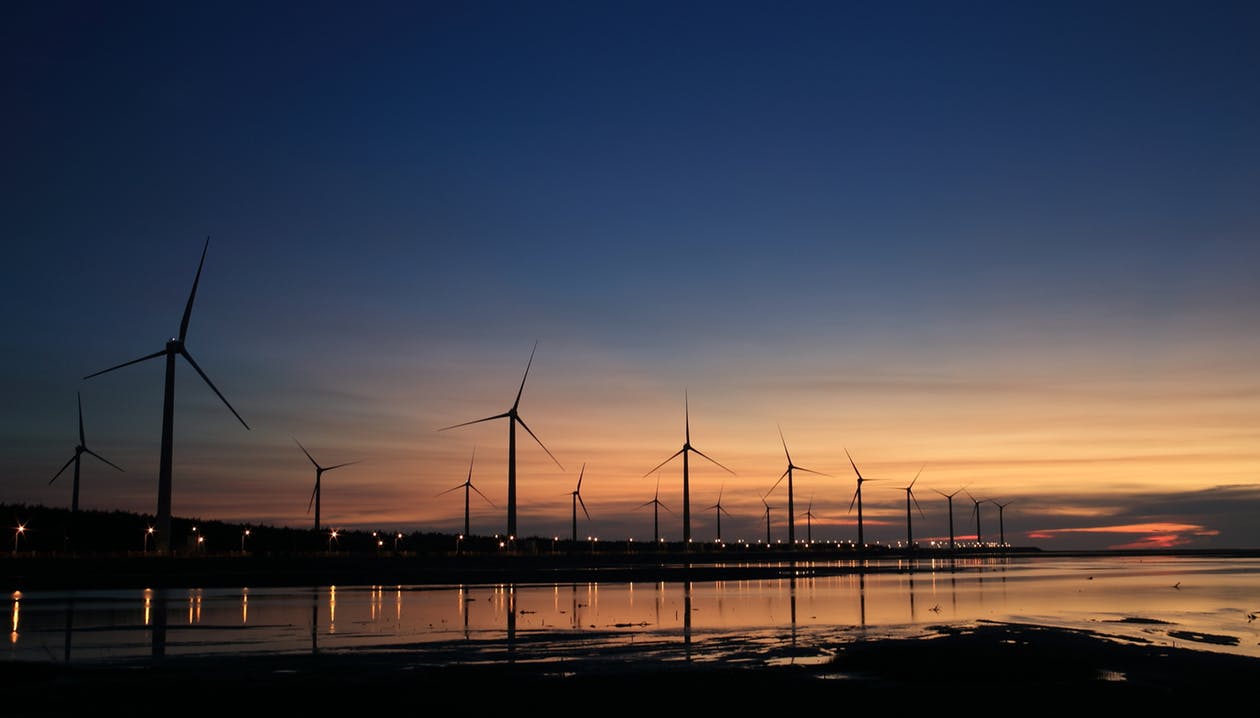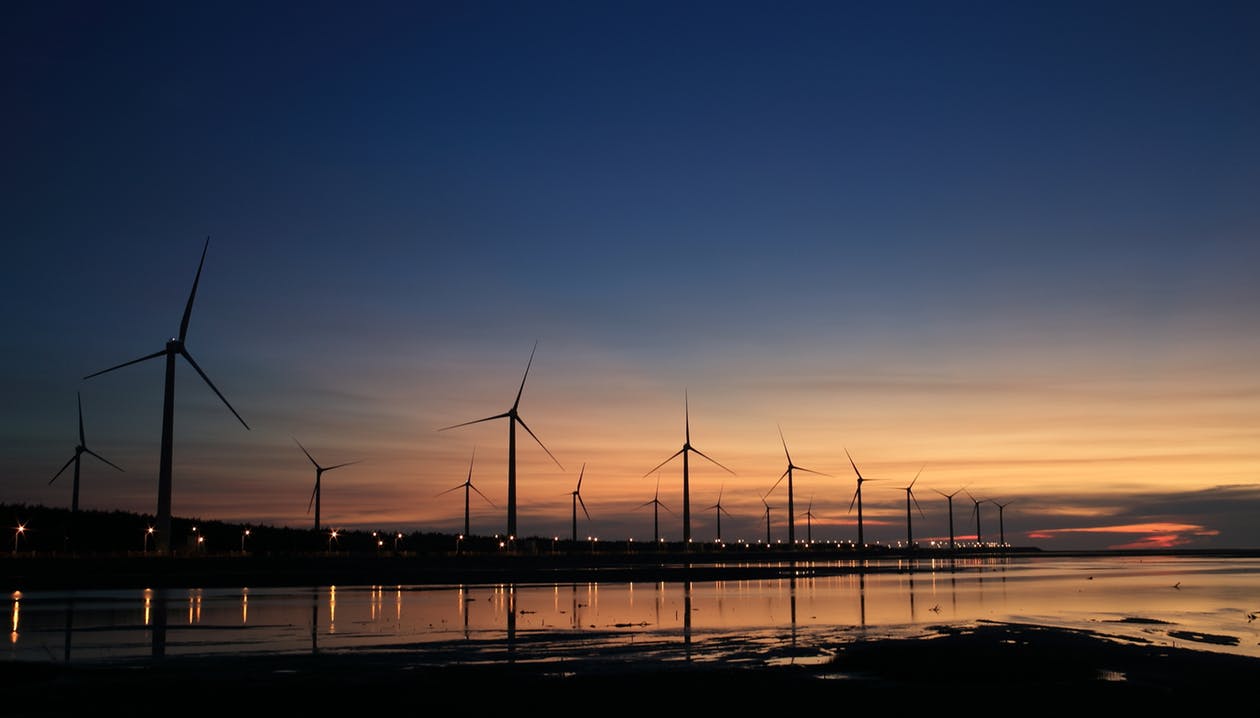(REPOST: Clean Energy News)
The independent, statutory body has advised that the UK government’s multi-billion pound strategy to energise industrial growth with a low-carbon energy drive is still falling short of the UK’s legally-binding climate change targets.

The dropping cost of renewables is having a real impact in Europe – from boosting new clean power deals to increasing green energy consumption. However, this latest warning from the Committee on Climate Change highlights that more can be done to close the gap between expected emissions and legislated, desired carbon targets from the 2020s. This means prioritising the increase of clean energy capacity as we transition to a resilient and efficient low carbon energy system.
With huge strides made in the renewable energy sector last year, how can the UK improve on developments today? Where will the industry see progress in 2018?
Renewable power generation takes off
Our recent economic study ‘Beyond the tipping point’ revealed that in Europe, we’ve already reached the point when renewables are the lowest cost source of new electrical energy generation. The research – commissioned in association with the Renewable Energy Association and carried out by Bloomberg New Energy Finance – found that rapid cost reductions in onshore wind and solar power have made it less expensive to generate electricity from these technologies than from new coal or gas plants, and offshore wind is not far behind. As a result, there has been a great increase in wind and solar projects winning tenders and now being built without any subsidies or special incentives. With wind and solar now lower cost options for new energy generation, this trend will only continue to grow.
